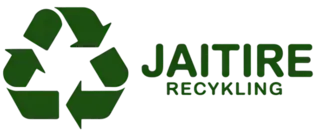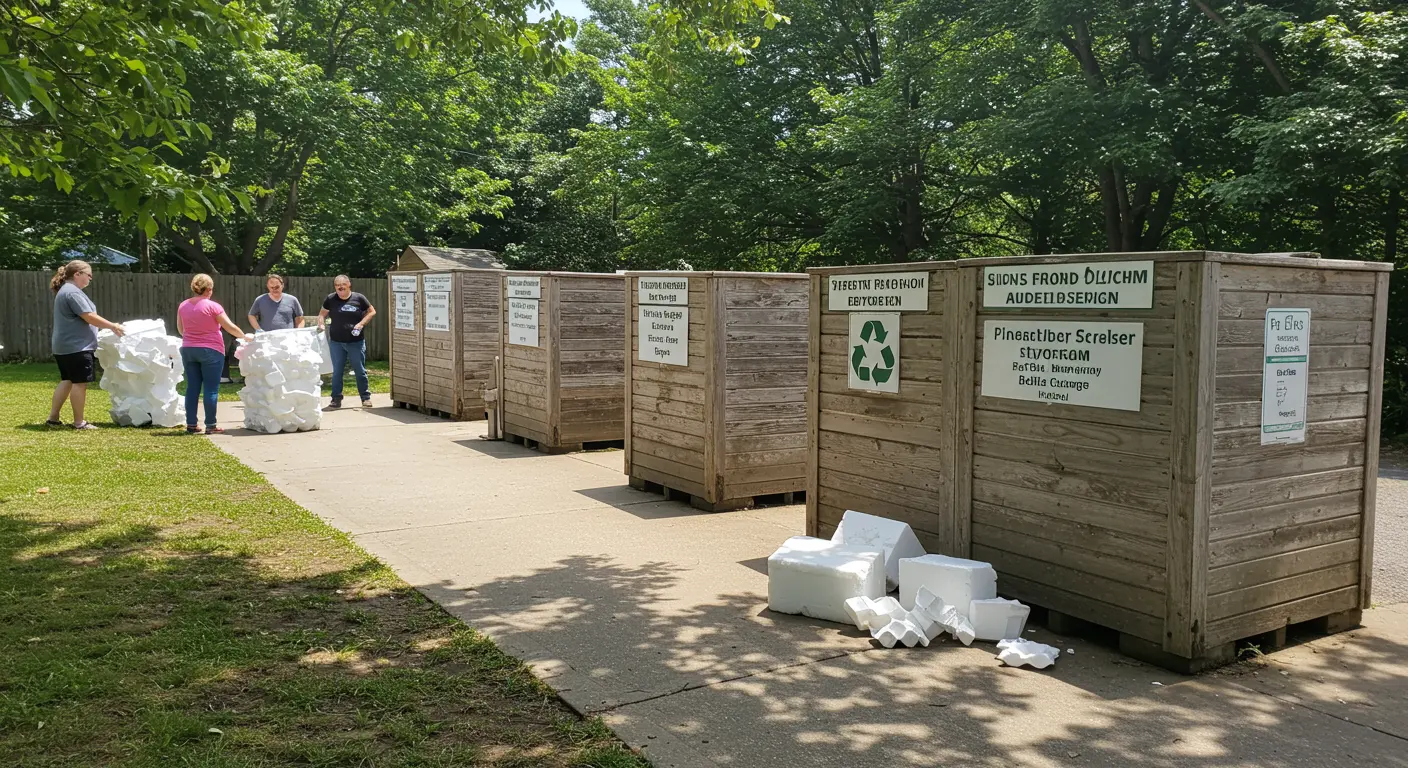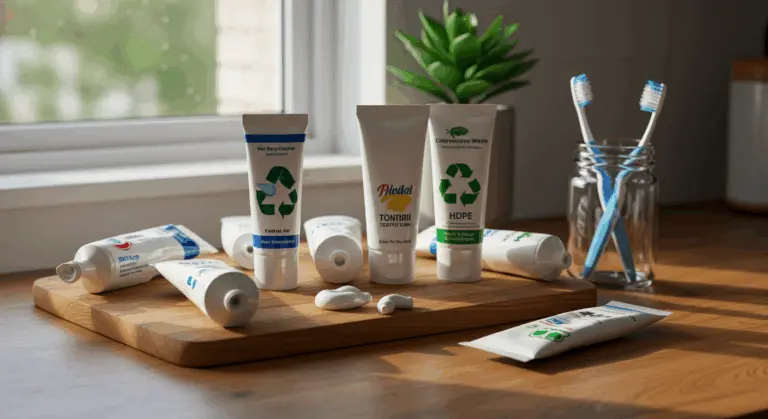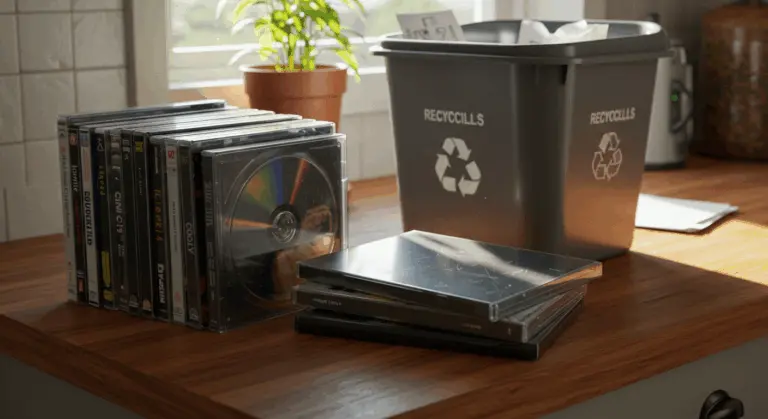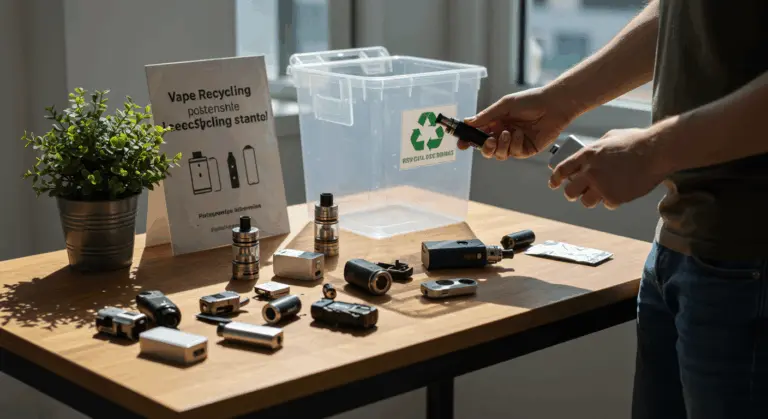Understanding Styrofoam and Its Recycling Challenges
Styrofoam, or expanded polystyrene (EPS), is a lightweight foam ubiquitous in packaging, food containers, and insulation. Yet despite its widespread adoption, this material presents significant recycling challenges that make it extremely difficult to process through conventional systems.
The primary obstacle in Styrofoam recycling stems from its peculiar physical properties. EPS is 98% air, making it extraordinarily bulky yet featherweight.
Another major challenge is the limited infrastructure for Styrofoam recycling. Unlike aluminum cans or paper products, Styrofoam is rarely accepted in curbside recycling programs across the United States. Consequently, consumers must take extra steps to recycle this material properly.
When Styrofoam ends up in landfills, the environmental impact is severe. EPS is not biodegradable and can persist in landfills for hundreds of years. As it deteriorates, it splinters into microscopic fragments that infiltrate soil and waterways. Additionally, Styrofoam production uses petroleum resources and creates greenhouse gas emissions, making proper recycling even more important from a conservation standpoint.
Fortunately, specialized recycling facilities have emerged for processing Styrofoam. These centers use machines that compress the material or dissolve it chemically, reducing its volume by up to 90% and transforming it into raw material for new products.
Local Styrofoam Recycling Options – Where to Go
Since most curbside programs reject Styrofoam outright, finding local recycling options typically means seeking out specialized drop-off locations.
Packing peanuts are particularly difficult to recycle—recycling options are virtually nonexistent. Instead of recycling, consider reusing them for shipping packages, craft projects, or as filler material. Many shipping stores like UPS or FedEx locations will also accept clean packing peanuts for reuse. If reuse isn’t possible, these items unfortunately need to go into regular trash.
Styrofoam food containers—those bearing the #6 recycling symbol—demand specialized treatment. Standard recycling bins simply won’t accept them. Some grocery stores offer collection programs for clean Styrofoam food containers – check with your local supermarkets to see if they provide this service. Before dropping off any food containers, make sure to rinse them thoroughly to remove all food residue.
Businesses generating substantial Styrofoam waste have more options: specialized recycling companies often offer collection services that aren’t available to individual households. These commercial recyclers may provide regular pickup for significant volumes of clean Styrofoam packaging.
Foam Recycling Centers – What They Offer
Foam recycling centers offer specialized services exclusively for processing Styrofoam and other expanded polystyrene materials that conventional facilities simply cannot handle.
When preparing Styrofoam for recycling, take these important steps:
-
Ensure all materials are clean and completely free of food residue.
-
Remove all tape, stickers, and labels.
-
Call the facility ahead to confirm their specific requirements, hours, drop-off fees, and any restrictions on the type or quantity of foam they accept.
These centers can accept a wide variety of foam products— including bulky packaging foam, food containers, and sometimes even construction-grade insulation foam.
Curbside Recycling Programs for Styrofoam
Most curbside programs don’t accept Styrofoam for several reasons:
-
Low Density: Being mostly air, it is bulky and inefficient to transport.
-
Contamination Risk: Food residue on containers can ruin recycling batches.
-
Specialized Equipment: It cannot be processed by standard recycling machinery.
While standard curbside collection rarely accepts Styrofoam, a handful of progressive municipalities have pioneered limited programs.
Recycling Collection Schedule – What You Need to Know
Styrofoam recycling collection schedules work very differently from traditional recycling programs. Instead of weekly pickup, this material typically requires strategic planning around specialized collection events or dedicated trips to drop-off facilities.
The rare municipalities offering periodic Styrofoam collection typically schedule these events quarterly or seasonally—never weekly. To stay informed about these special collection days, sign up for email alerts from your local solid waste authority or follow their social media channels for announcements. Some areas may coordinate Styrofoam collection with other hard-to-recycle materials during specific community cleanup events.
No collection events in your area? Drop-off centers become your only option. Many specialized facilities have limited operating hours, so always check their website or call ahead to confirm their current schedule and save a wasted trip.
Reusing Styrofoam – Alternatives to Recycling
Given Styrofoam’s recycling complexities, reusing this material is often more practical and better for the environment.
Larger Styrofoam blocks, sheets, and clean food containers can be repurposed in many ways:
-
Gardening: Break up foam to add drainage to the bottom of planters or use it to insulate outdoor pots in winter. Clean food trays can also serve as seed starters.
-
Crafts & Hobbies: Use blocks as a base for floral arrangements, school projects, or model making.
-
Home Improvement: Use larger pieces for insulation in drafty spots, to fill wall voids, or as soundproofing material.
-
Organization: Use clean food containers as trays to organize small items in workshops or garages.
Community sharing provides another way to extend Styrofoam’s usefulness. Consider donating clean Styrofoam packaging materials to local shipping stores, small businesses, or schools that might need them for packaging or art projects. Some areas have dedicated packing peanut exchange programs where businesses and individuals can drop off or pick up used materials. By exploring these reuse options before considering disposal, you’ll extend the useful life of Styrofoam products and reduce the environmental impact of this difficult-to-recycle material.
Finding More Information on Styrofoam Recycling
Several reliable resources can guide you to the nearest recycling options.
Another useful resource is Dart Container’s foam recycling map, which specifically focuses on Styrofoam recycling drop-off locations. Dart Container Corporation, a major manufacturer of foam products, maintains this interactive map showing collection sites that accept various foam materials. This tool is particularly helpful for finding specialized facilities that might not appear in general recycling directories.
Your local government’s website (often the environmental services or solid waste department) is the most accurate source for community-specific guidelines. Look for details on drop-off locations, accepted materials, and announcements about special collection events.
If you prefer speaking with someone directly, calling your local recycling coordinator can provide tailored guidance. These professionals can offer specific advice about Styrofoam recycling options in your area and might know about temporary or seasonal collection programs not listed online. Keep in mind that recycling policies shift frequently—cross-referencing multiple sources ensures you’re working with the most current information available.
